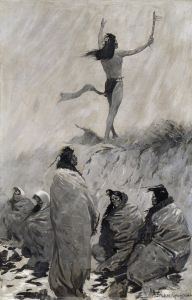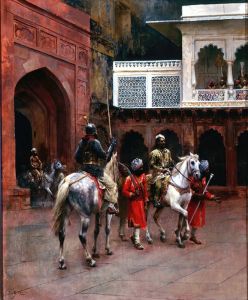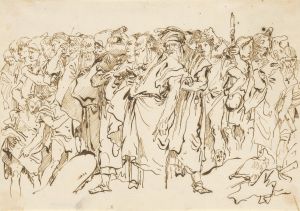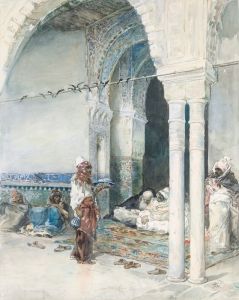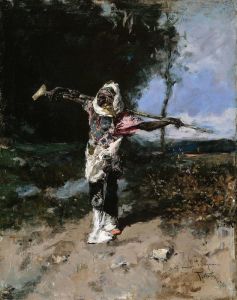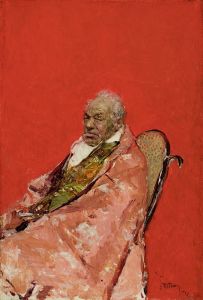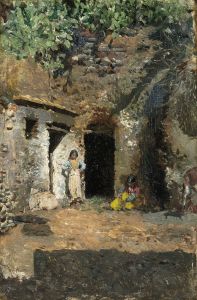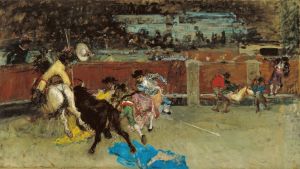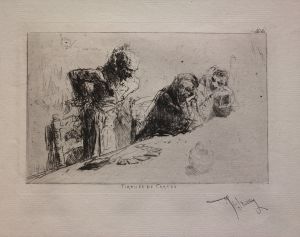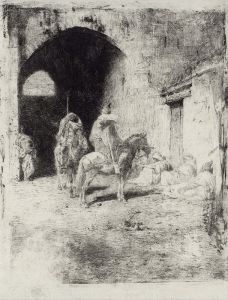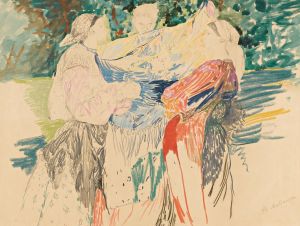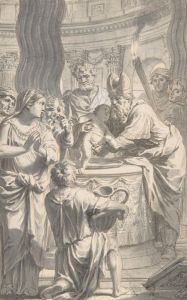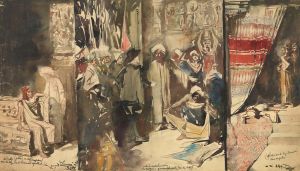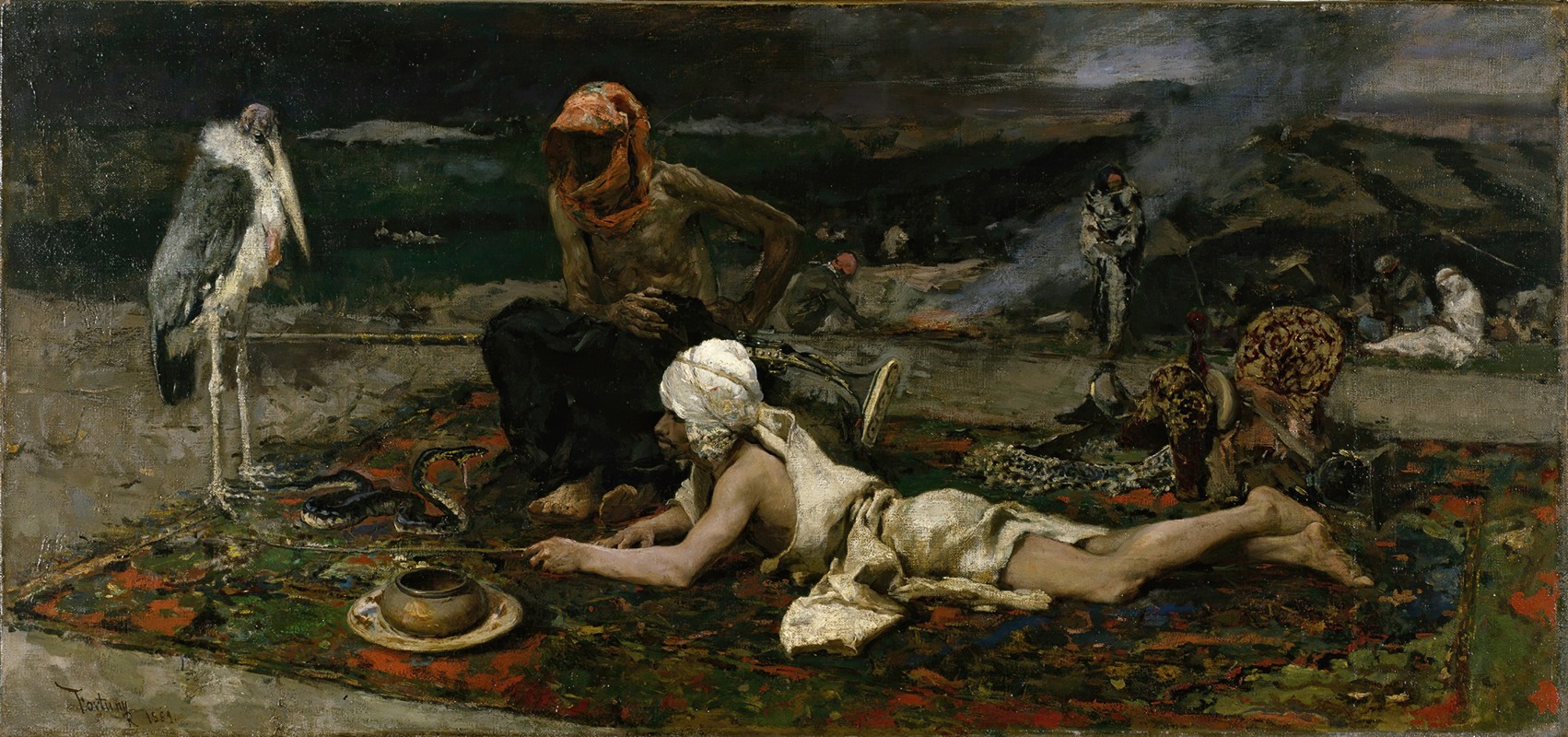
Hindu Snake Charmers
A hand-painted replica of Mariano Fortuny Marsal’s masterpiece Hindu Snake Charmers, meticulously crafted by professional artists to capture the true essence of the original. Each piece is created with museum-quality canvas and rare mineral pigments, carefully painted by experienced artists with delicate brushstrokes and rich, layered colors to perfectly recreate the texture of the original artwork. Unlike machine-printed reproductions, this hand-painted version brings the painting to life, infused with the artist’s emotions and skill in every stroke. Whether for personal collection or home decoration, it instantly elevates the artistic atmosphere of any space.
Mariano Fortuny Marsal, a prominent Spanish painter of the 19th century, is known for his detailed and vibrant works that often depict scenes from various cultures and historical periods. One of his notable paintings is "Hindu Snake Charmers," which showcases his interest in Orientalism—a trend in 19th-century European art that sought to capture the essence of Eastern cultures through a Western lens.
"Hindu Snake Charmers" is a vivid representation of Fortuny's fascination with the exotic and the picturesque. The painting captures a scene that was both intriguing and mysterious to Western audiences of the time. It features snake charmers, a subject that was often romanticized in Western art and literature. The charmers are depicted in traditional attire, surrounded by the instruments of their trade, including baskets and musical instruments, which are used to entice the snakes.
Fortuny's attention to detail is evident in the intricate patterns of the clothing and the lifelike portrayal of the snakes. The use of light and shadow in the painting adds depth and dimension, highlighting Fortuny's skill in rendering textures and surfaces. The composition is carefully balanced, drawing the viewer's eye to the central figures while also providing a sense of the environment in which they are situated.
The painting reflects the broader 19th-century European interest in Orientalism, where artists and writers sought to depict the cultures of Asia, North Africa, and the Middle East. This interest was often fueled by colonial expansion and the increased availability of travel to these regions. However, it is important to note that such depictions were often romanticized and did not always accurately represent the cultures they portrayed.
Mariano Fortuny Marsal was part of a larger movement of artists who were captivated by the allure of the East. His works, including "Hindu Snake Charmers," are characterized by their vibrant colors, dynamic compositions, and meticulous attention to detail. Fortuny's ability to capture the essence of a scene with such precision and flair made him one of the leading figures in the Orientalist movement.
Despite the popularity of Orientalism during Fortuny's time, modern perspectives often critique these works for their stereotypical and sometimes inaccurate portrayals of Eastern cultures. Nonetheless, "Hindu Snake Charmers" remains a valuable piece of art history, offering insight into the 19th-century European fascination with the exotic and the unknown.
Mariano Fortuny Marsal's legacy is marked by his ability to blend technical skill with a keen interest in diverse cultures. His works continue to be studied and appreciated for their artistic merit and their role in the broader context of art history. "Hindu Snake Charmers" stands as a testament to Fortuny's talent and his contribution to the rich tapestry of 19th-century European art.





